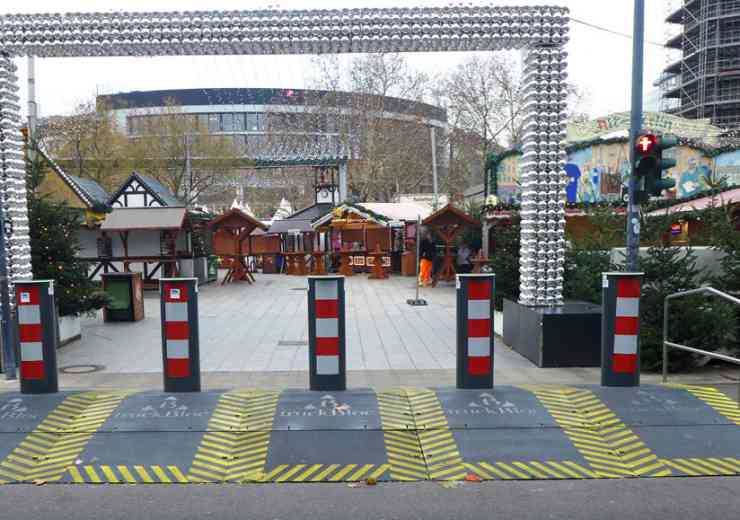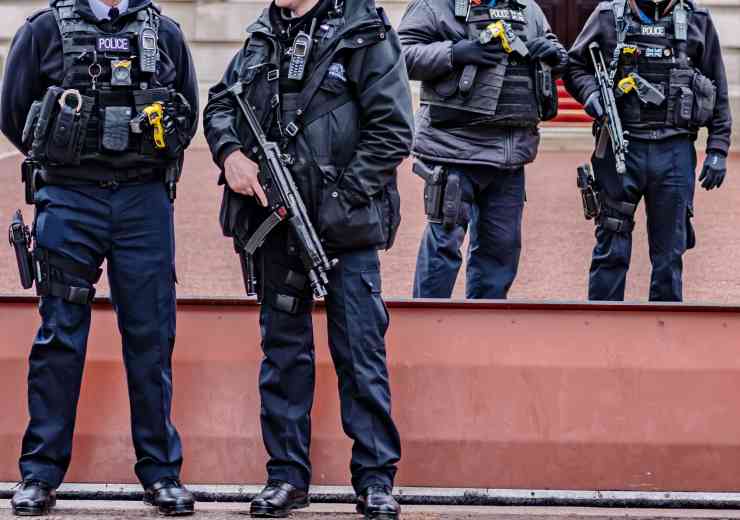Working together to protect people

There is one thing of which you can be certain – terrorist tactics of today will evolve and change over time. This has been proven by countless organisations and groups over the years who have tried to find a way through the defences of their target.
Those that wish to harm us will change tactics to achieve their aims. We have to be very careful not to merely be defending sites against the last attack, although of course that needs to be done as well.
Working to protect the public and stop terrorists getting through requires all those involved in security to constantly look at the threat picture, understand the motives and the end result that terrorists are looking to achieve. This should then lead to a thorough review of operations in order to understand site vulnerabilities and an assessment of available options to plug any gaps.
Airport security
A very good case in point is the recent bomb attack at Moscow’s Domodedovo airport. The suicide bomber, who detonated this device in the arrivals hall, deliberately chose the airport’s weakest spot. This is an area where they would not have to go through any search regimes to get to their target.
Apart from a few notable exceptions, airports throughout the world use a similar process. This is driven by regulations but again, these regulations have to keep pace with an evolving threat.
If you were to ask any security expert where they would put the first point of challenge and the first search regime, they would always recommend that it is outside the venue or at least at the entrance. Of course this is not always possible.
You wouldn’t find many experts recommending that the search area be positioned slap bang in the middle of the asset. But with airports that is what we have inherited.
Attractive targets
There are good reasons for this as the aim of the security has always been to protect the aeroplane. Unfortunately terrorists have already decided that airport terminals are attractive targets.
The attempt to commit mass murder in Glasgow in 2007 was an attack on the airline industry; but furthermore it was specifically an attack at the landside airport terminal and the innocent people inside.
You will notice that this failed attack has changed the shape of the defences around the UK’s airports. Many millions have been spent defending terminals from vehicle bombs. This is great stuff, but where do we go next? Well perhaps search regimes may have to be moved away from the terminal, additional passenger scanning and risk assessments may need to be considered in the future. Any such changes will inevitably have an impact on the business community.
Difficult issues
These are issues that cannot easily be solved. Moving the queue outside the terminal will not necessarily solve the problem just displace it. What it would achieve is to allow the airport the best possible opportunity to recover quickly and carry on functioning after an attack. Clearly these matters need to be thought through. There is rarely a one size fits all solution to all of these issues, but we must be prepared to close gates before the horse has decided it wants to pop out and run around the yard and not be driven by incidents and tragedies that have already happened.
Taking this forward looking approach, there is some great work happening in the area of behavioural science. The Centre for the Protection of the National Infrastructure (CPNI) is producing excellent products and guidance, including those which develop a good security culture and professionalise man guarding, including a DVD training session. Being able to identify suspicious behaviour and deploying highly skilled security staff is a great way to secure your assets.
In conclusion, the terrorist threat is going to change and evolve. Security measures we have in place now need constant revision. The sensible business will be looking forward at new and innovative ways of reducing risk. There are all sorts of help and advice available to business within the UK.
About NaCTSO
The National Counter Terrorism Security Office (NaCTSO) is a police unit co-located with the Centre for the Protection of the National Infrastructure (CPNI). It is funded by and report to the Association of Chief Police Officers (ACPO).
NaCTSO contributes to the UK government’s counter terrorism strategy (CONTEST) by supporting the Protect and Prepare strands of that strategy.
NaCTSO staff can offer specialist advice regarding the security of explosives and pre-cursor chemicals (including fertilisers), pathogens and toxins, radiological sources and other toxic chemicals. They also provide guidance in relation to business continuity, designing out vehicle borne terrorism, the protection of crowded places and reducing opportunities for terrorism through environmental design.
To achieve national delivery on behalf of the Association of Chief Police Officers (ACPO) NaCTSO trains, tasks and coordinates a nationwide network of centrally funded, specialist police advisers known as Counter Terrorism Security Advisers (CTSAs). The primary role of these advisers is to provide help, advice and guidance on all aspects of counter terrorism protective security across a variety of sectors.
For more information:
Web: www.nactso.gov.uk
www.cpni.gov.uk
digital issue




















